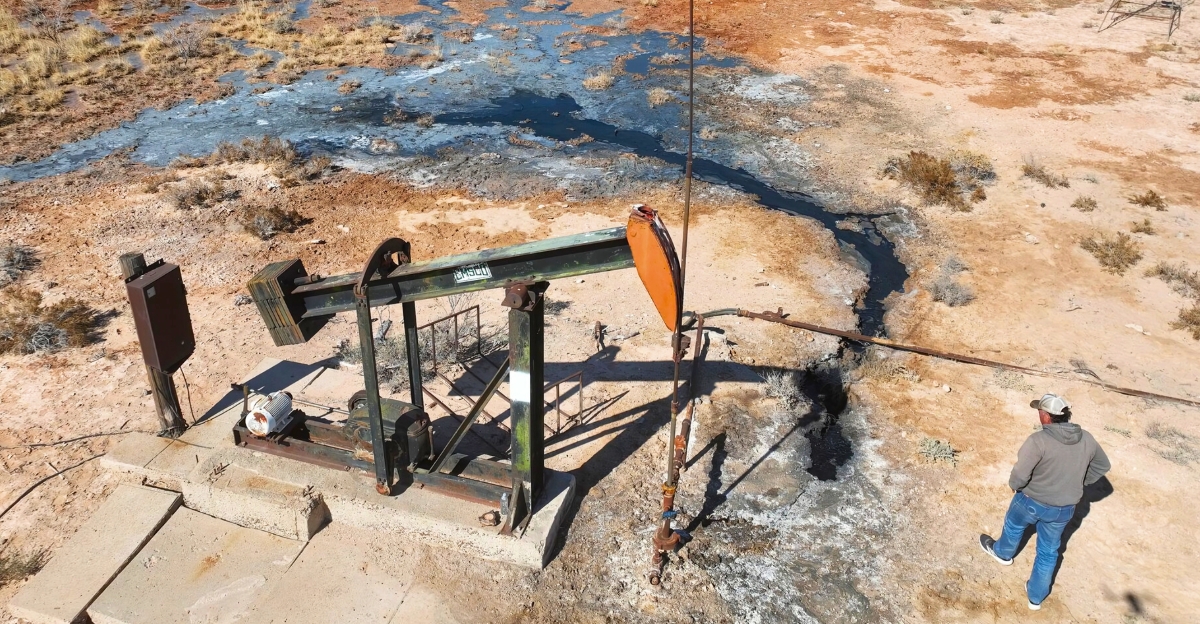
Texas has been in the midst of an extended drought that has dramatically reduced flows in tow of the most iconic rivers, the Rio Grande and the Pecos. And even as farmers and cities endure worsening water shortages, oil and gas companies continue to draw billions of gallons from these rivers for drilling and fracking operations.
This ongoing extraction has sparked concern among environmentalists and local residents, who say such practices threaten the region’s long-term water security. This article explores the impact of oil and gas water use amid Texas’s drought, highlighting the competing demands and growing calls for reform.
Diminished River Flows and Endangered Waterways
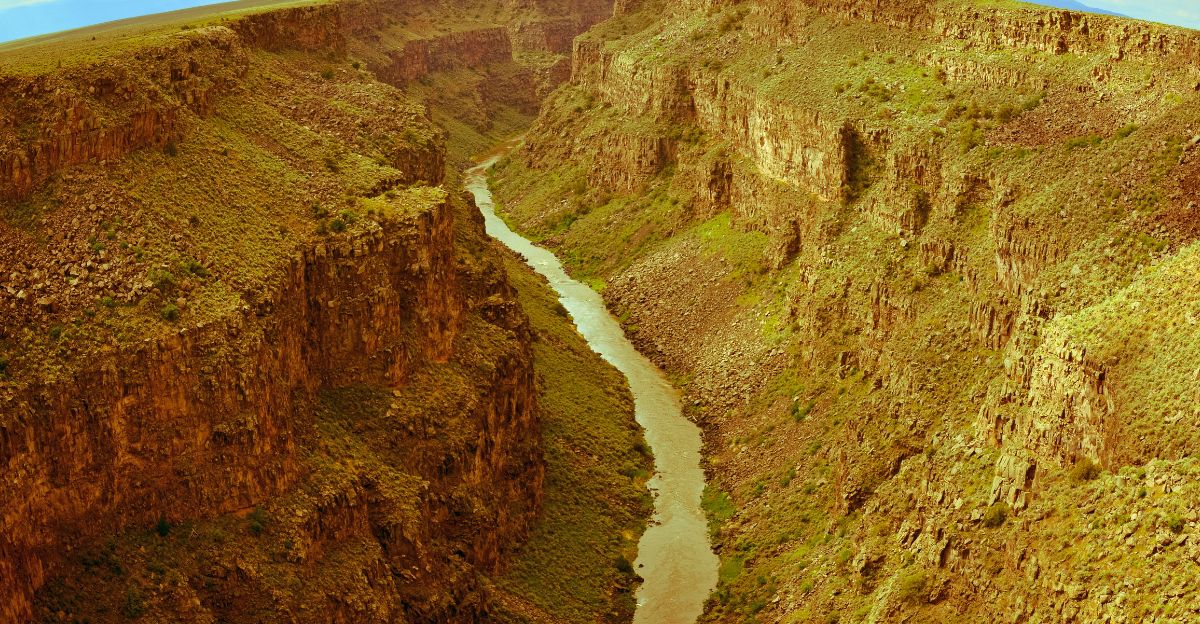
The Rio Grande and the Pecos Rivers have seen their flows dwindle due to prolonged drought. The Lower Rio Grande was recently named one of America’s most endangered rivers by the advocacy group American Rivers.
The organization cites a “near-permanent human-induced megadrought” as a significant threat to all life dependent on the river. Meanwhile, the Pecos River has struggled to provide enough water for irrigation districts below the Red Bluff Reservoir in recent years, undercoring the severity of the crisis facing Texas’s waterways.
Impacts on Wildlife and Ecosystems
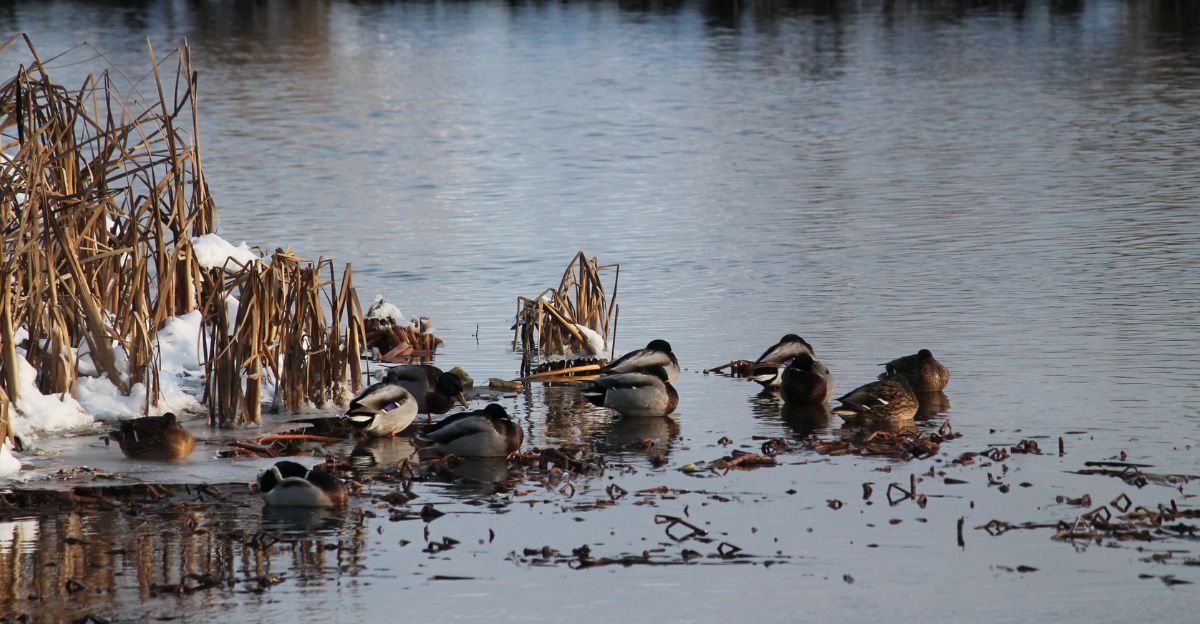
Reduced flows in the Rio Grande and the Pecos River due to drought and significant water extraction for oil and gas companies threaten local wildlife and fragile ecosystems. Aquatic species, including fish and freshwater mussels, are particularly at risk, as shrinking habitats and decreasing water quality disrupt breeding and feeding areas.
Numerous animals and plants that rely on these rivers for survival are facing increased stress or possible population declines. Drilling and fracking permanently remove water from the natural cycle, so the long-term health of these river ecosystems – and the wildlife they support – remains at significant risk.
Water Use in the Oil and Gas Industry
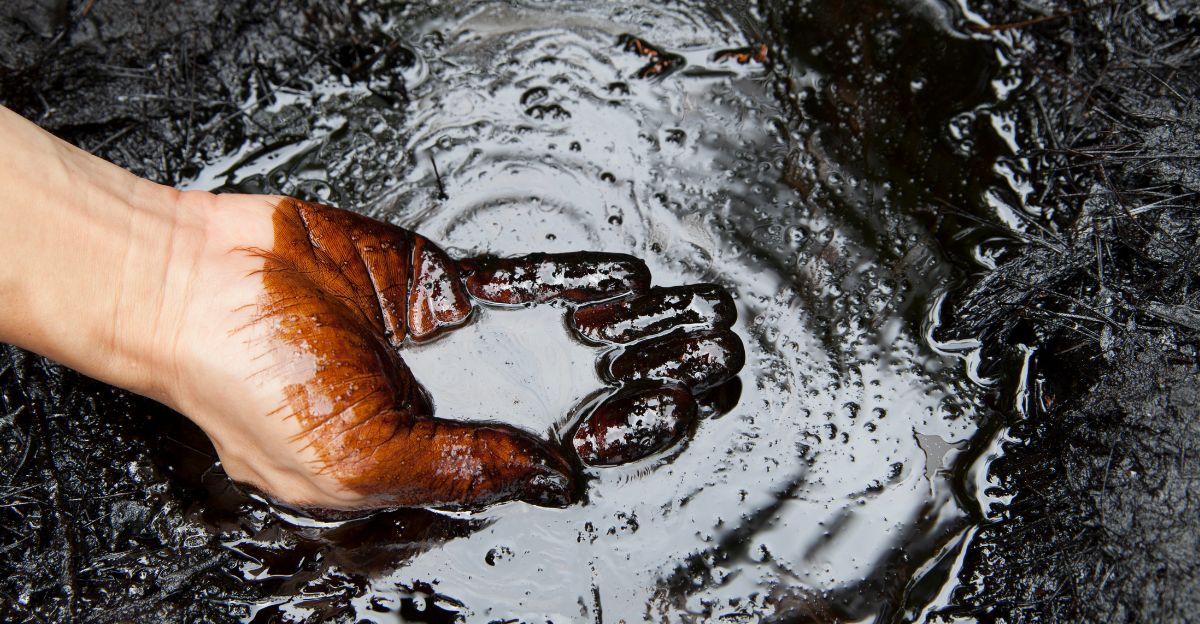
Even during the drought, oil and gas companies in Texas have continued to use millions of gallons of river water for drilling and hydraulic fracturing. An analysis by Inside Climate News found that between 2021 and 2024, drillers consumed more than 31,000 acre-feet, more than 10 billion gallons of Rio Grande water in the Eagle Ford Shale alone.
This amount could supply water to over 113,000 Texas households for a year, illustrating the scale of the industry’s water use compared to residential needs.
Water Sales and Legal Framework
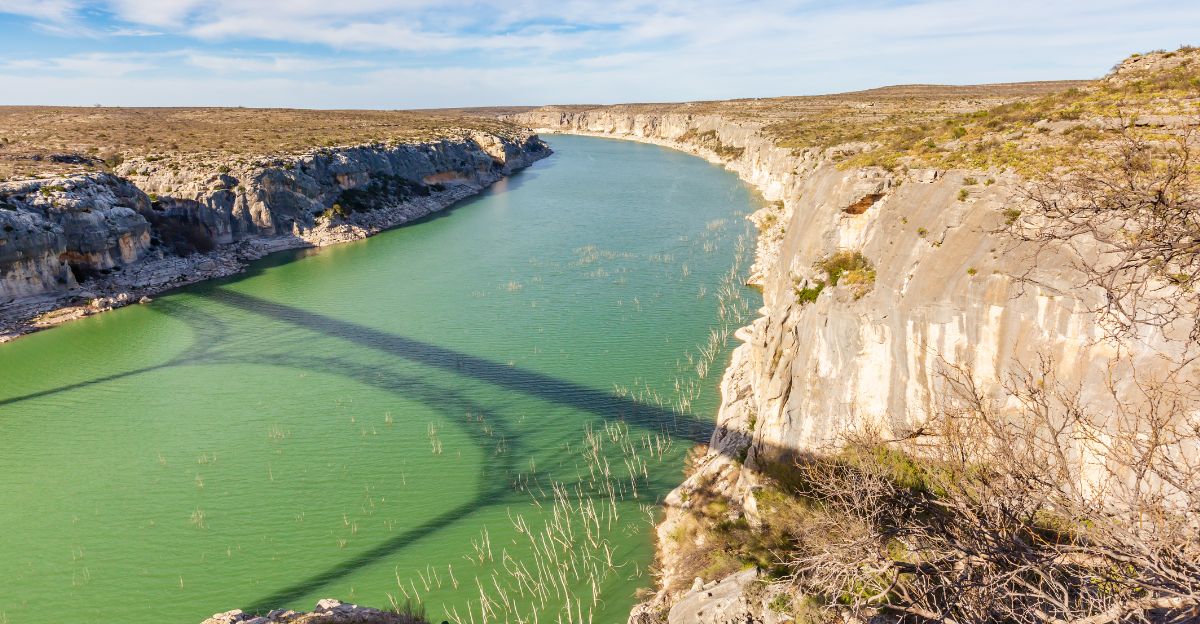
Under Texas law, surface water sold for use in drilling and fracking is classified as “mining” consumption. Once water is used for these purposes, it is generally permanently removed from the natural hydrologic cycle due to contamination with chemicals and toxins.
Companies like Kingsley Water Company have been among the biggest river water sellers to the oil and gas industry. Kingsley alone sells enough water from the Rio Grande and Pecos Rivers to meet the annual needs of more than 100,000 households.
Recycled Water Demands and Industry Response

Some Texas lawmakers and environmental advocates have criticized oil companies for not making use of more recycled “produced water” from fracking, especially in a region where fresh river water supplies are scarce.
State representatives, such as Vikki Goodwin, have advocated for more investment in water recycling projects. Although some companies maintain that they have reduced their demand for fresh water and use non-drinkable water sources, the overall level of dependence on surface water is still high, raising questions about the effectiveness of voluntary industry commitments.
Effects of Drought on Communities and Agriculture

The impact of the drought has been especially acute in cities like Laredo, which relies entirely on the Rio Grande for drinking water. Now, with flows down more than 30% in recent decades, Laredo has been asking residents to conserve water and is considering costly alternatives to prepare for a future when the river may no longer meet the city’s needs. Agriculture, the largest consumer of Rio Grande water, also faces mounting challenges as supplies continue to dwindle.
Water Rights and Distribution
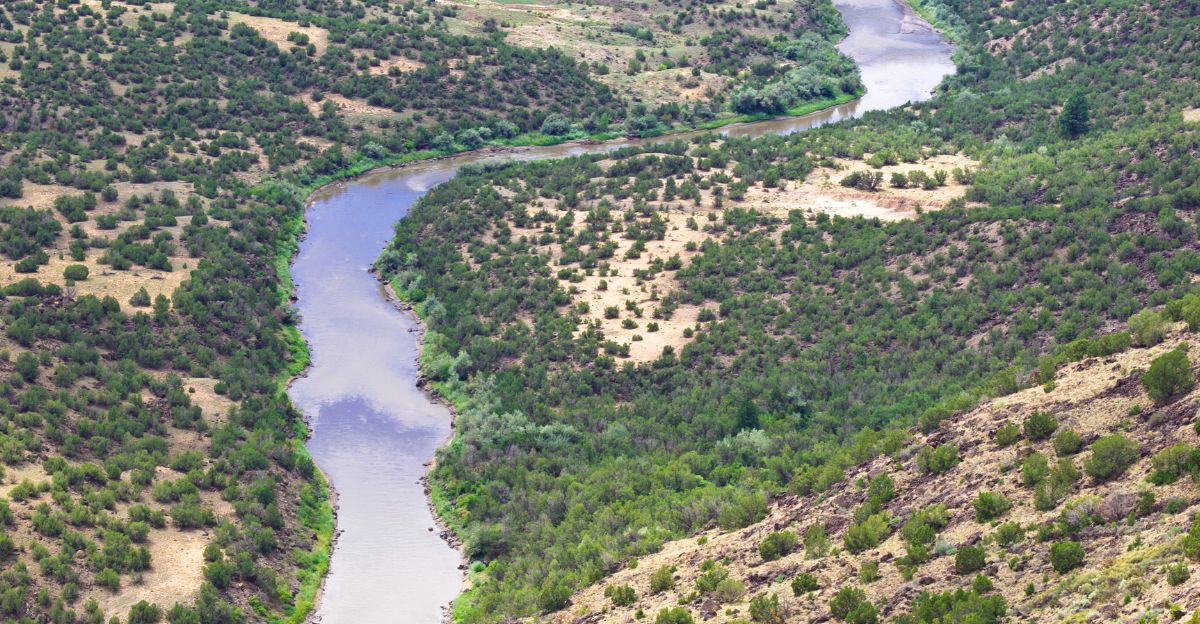
Water rights on the Rio Grande are managed by the Texas Commission on Environmental Quality (TCEQ) and are generally held by cities, farmers, and irrigation districts. A few oil and gas companies own the rights, but they can buy water from those who hold them.
The rights system prioritizes municipal use during shortages, but mining and irrigation are allocated based on available storage, making the process highly competitive during drought periods.
Transparency and Data Gaps
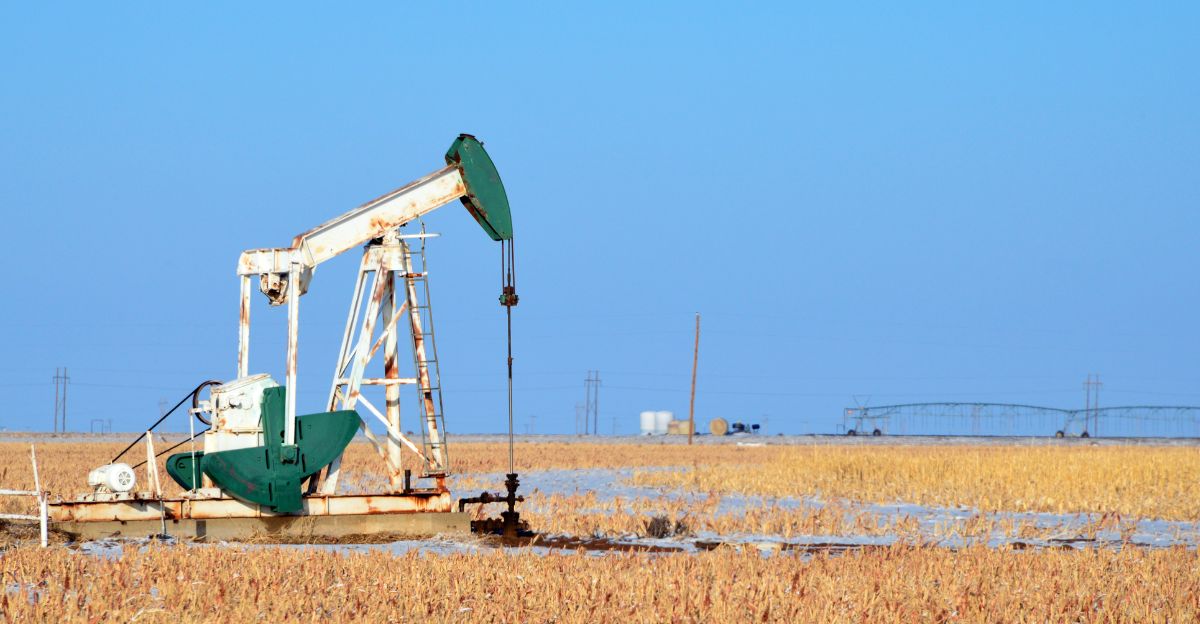
One major difficulty in addressing the state’s water resources is the lack of transparency and comprehensive data on the oil and gas industry’s water use. TCEQ does not collect detailed information on how much surface water is used for drilling versus fracking, and much of the available data is only accessible through public records requests.
Experts such as Martin Castro, watershed science director with the Rio Grande International Study Center, have called for improved data collection and public reporting to better understand and manage water diversions.
Pecos River Challenges and Local Opposition
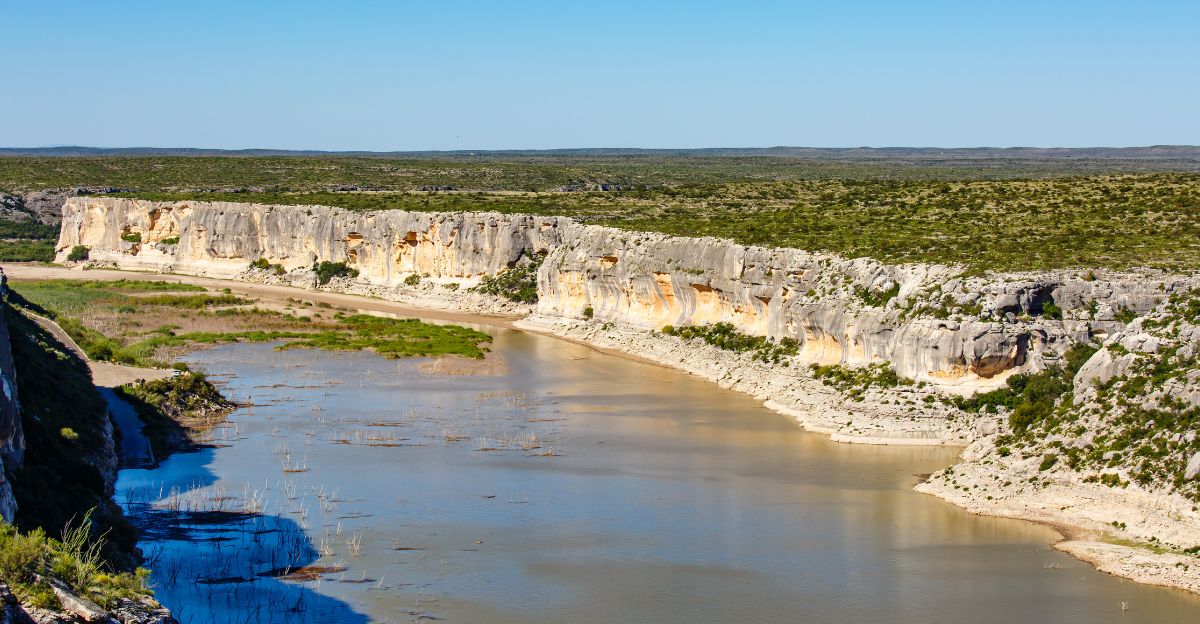
The Pecos River, which flows from New Mexico through West Texas, faces its own set of challenges. Water levels at Red Bluff Reservoir are so low that little irrigation water is available for districts downstream.
Kingsley Water Company has secured the rights to sell as much as 7,500 acre-feet of water a year from Red Bluff. Still, local farmers and ranchers like Ernest Woodward have expressed frustration, arguing that water should be reserved for irrigation rather than oil and gas.
The Road Forward: Searching for Solutions
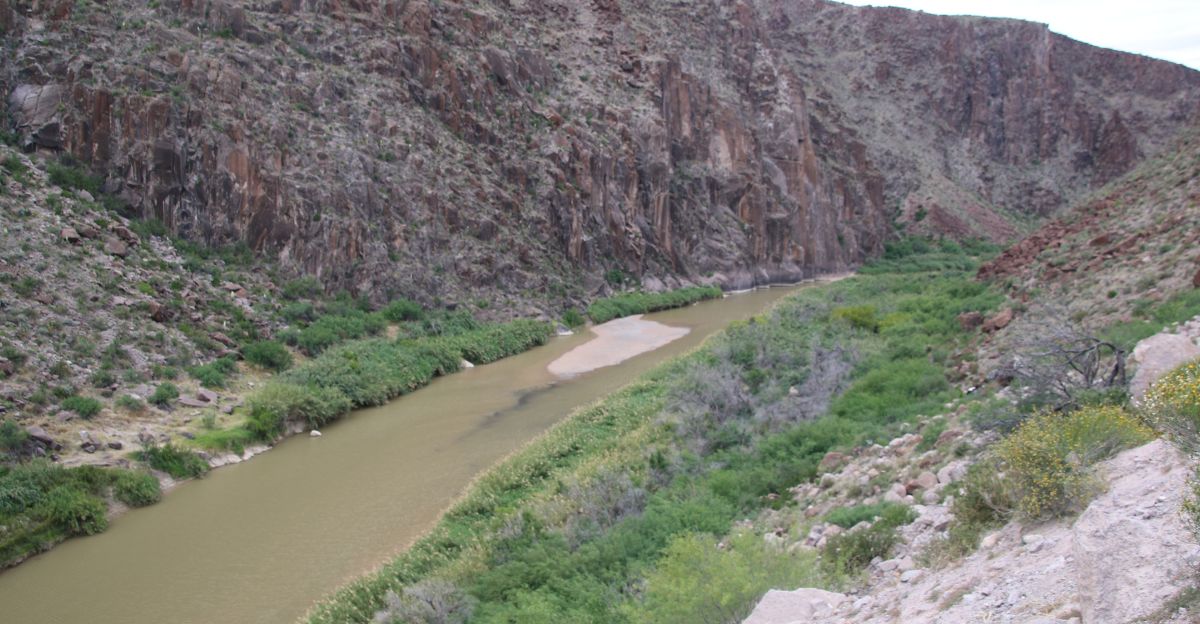
With the Lone Star State facing a future of diminishing water supplies, stakeholders agree that new approaches are required. Environmentalists call for more investment in water recycling, stricter regulations on industrial water usage, and more transparency around transactions in water rights.
Without significant action, the competing demands of cities, agriculture, and the oil and gas industry may further strain the state’s already stressed rivers, threatening ecosystems and the well-being of communities across Texas.
Explore more of our trending stories and hit Follow to keep them coming to your feed!

Don’t miss out on more stories like this! Hit the Follow button at the top of this article to stay updated with the latest news. Share your thoughts in the comments—we’d love to hear from you!







